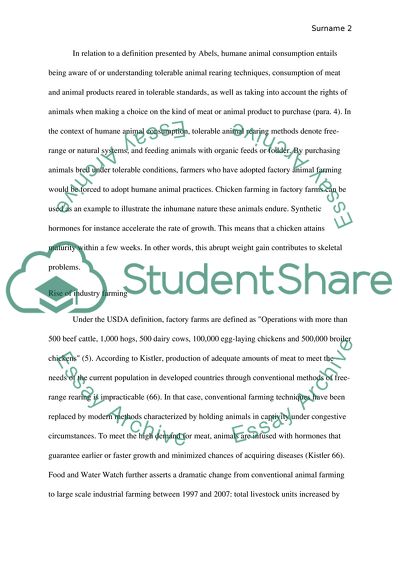Cite this document
(Humane Animal Consumption Report Example | Topics and Well Written Essays - 3250 words, n.d.)
Humane Animal Consumption Report Example | Topics and Well Written Essays - 3250 words. https://studentshare.org/environmental-studies/1865830-humane-animal-consumption
Humane Animal Consumption Report Example | Topics and Well Written Essays - 3250 words. https://studentshare.org/environmental-studies/1865830-humane-animal-consumption
(Humane Animal Consumption Report Example | Topics and Well Written Essays - 3250 Words)
Humane Animal Consumption Report Example | Topics and Well Written Essays - 3250 Words. https://studentshare.org/environmental-studies/1865830-humane-animal-consumption.
Humane Animal Consumption Report Example | Topics and Well Written Essays - 3250 Words. https://studentshare.org/environmental-studies/1865830-humane-animal-consumption.
“Humane Animal Consumption Report Example | Topics and Well Written Essays - 3250 Words”. https://studentshare.org/environmental-studies/1865830-humane-animal-consumption.


